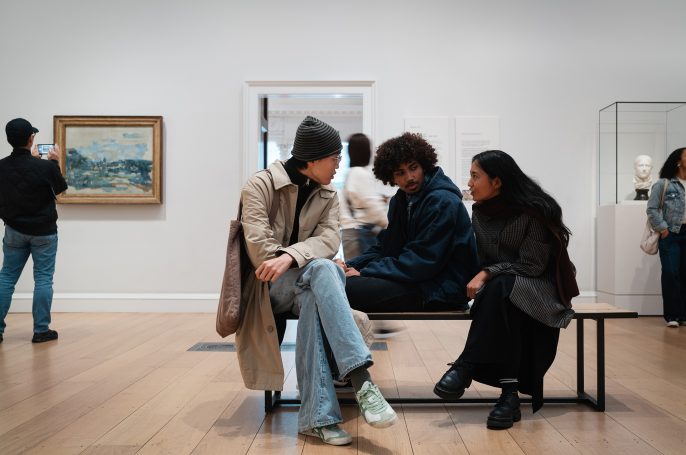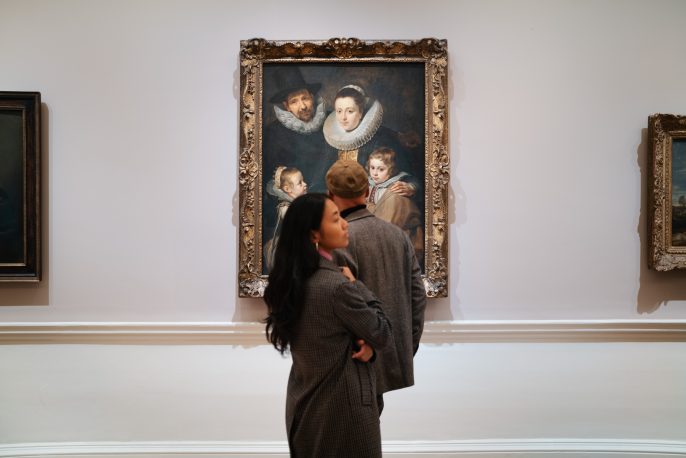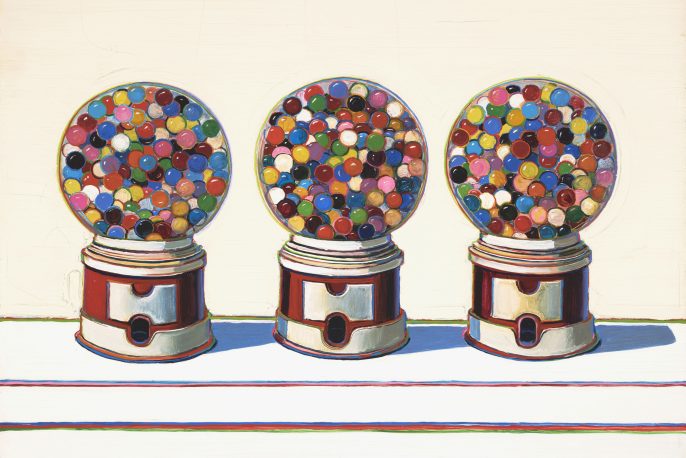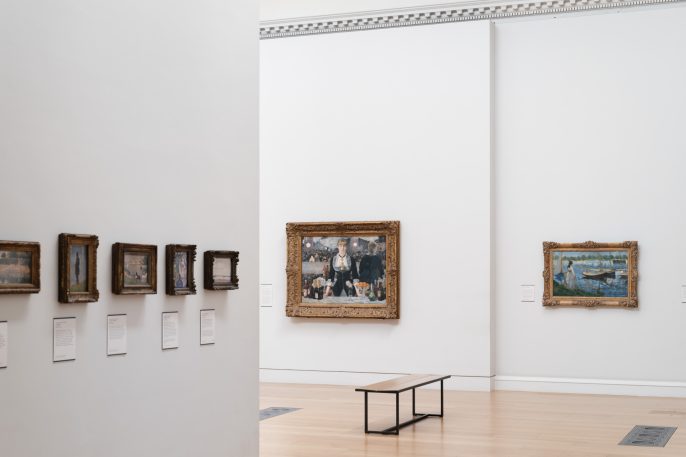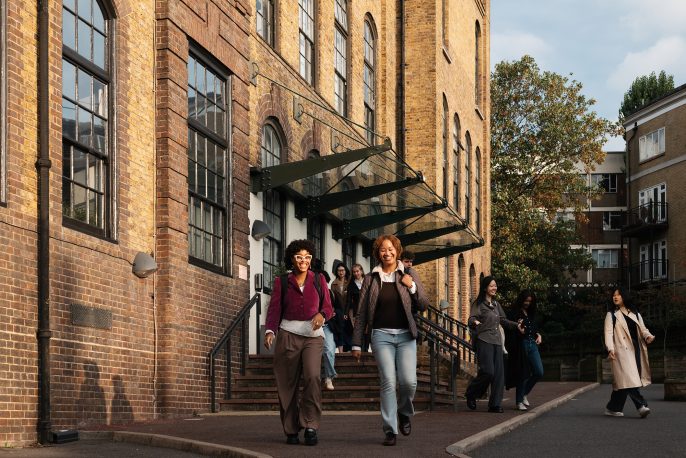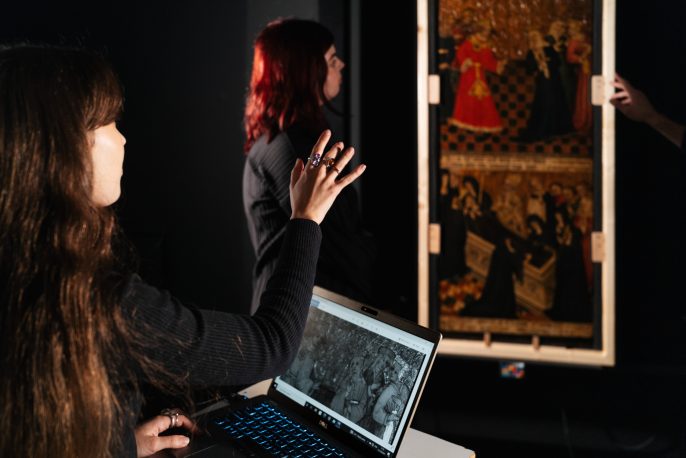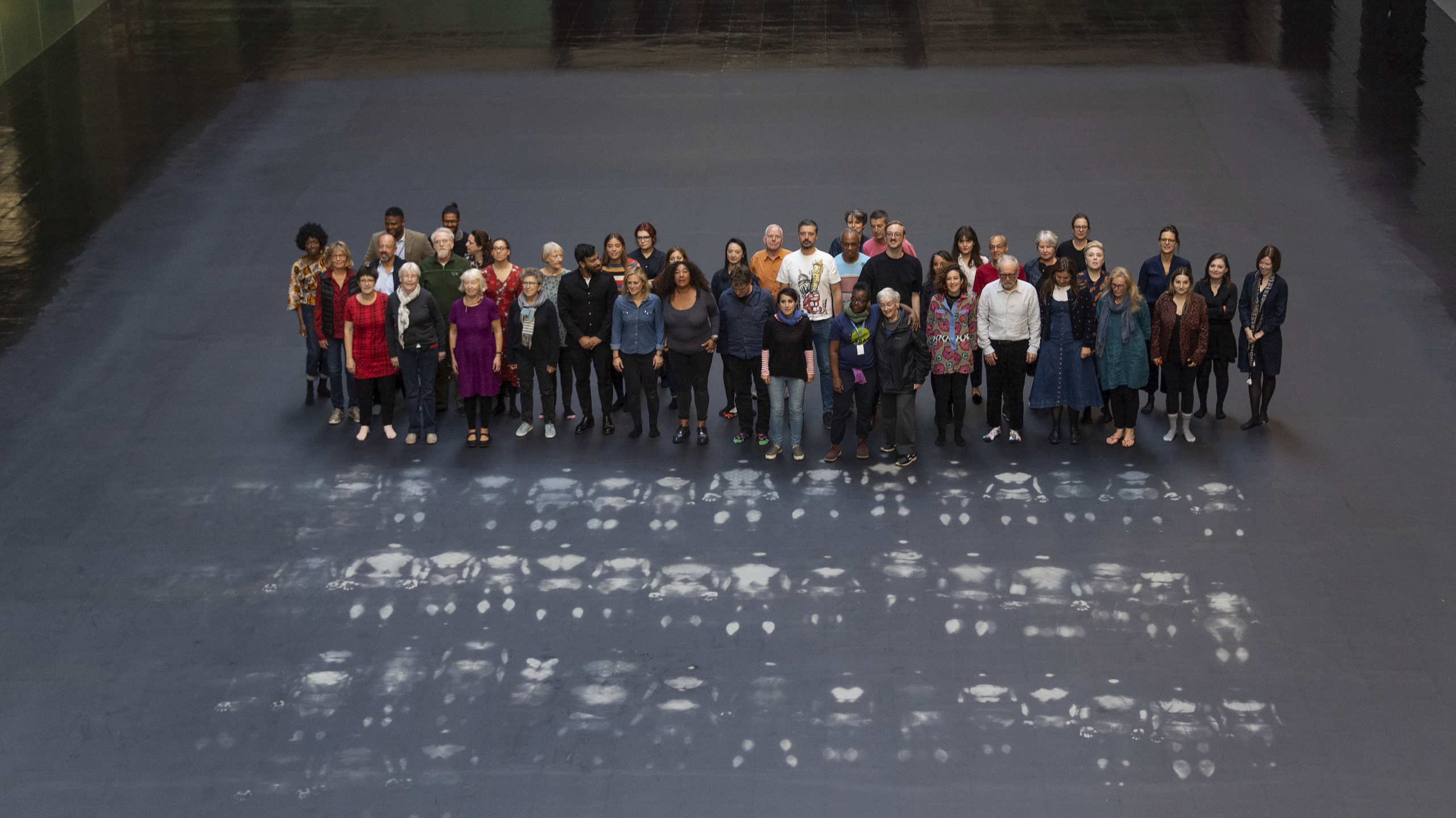
When Artworks Live: Performance in the Visual Arts
Summer Term 2026
On Campus: Tuesday 28 April – Tuesday 26 May, 19:00
OR
Online: Wednesday 6 May – Wednesday 3 June, 20:00 [London time]
Performance art has expanded rapidly since its beginnings in Dadaist provocations of the 1910s and 20s, and the happenings and body art practices of the mid-twentieth century. Performance highlights the importance of the visitor’s first-hand experience, and challenges established theories about notions of authenticity, continuity, and originality. As the American feminist scholar Peggy Phelan put it in 1993, “Performance…becomes itself through disappearance.” Now, more than 30 years later, performance is central to art making, to the way museums create displays, and to what we, as an audience, encounter in contemporary art galleries. Performance has changed the very idea of the ‘art object’, has caused the artist to lose the central position as creator, and has challenged the viewer to become a participant – willing or otherwise!
This series of five lectures will explore the history of performance in the visual arts, considering how it sits alongside painting, sculpture, installation, music and dance, and how it has complemented or challenged these practices. In case studies from the diverse bodies of work by Marina Abramovic, Ragnar Kjartansson, David Lamelas, Amalia Pica, Joseph Beuys, and Yves Klein, and from galleries across the world, we will explore historic performances, and consider how museums and galleries collect, conserve, display and activate them. Asking ‘what is the artwork?’ and ‘who has the power?’, we will seek to understand the challenges that performance poses to traditional art-historical ways of thinking. Another important aspect of our investigation concerns the much-debated field of performance documentation. We will consider how immaterial performance-based art really is, and how curators and conservators engage with art works which threaten to disappear completely. Artists have different approaches to the process of documenting their work, and, examining the practices of Tino Sehgal, Linda Karshan and Tania Bruguera, we will consider what that means for their artistic legacies. How do we, as the contemporary audience, engage with the history of their artistic practices through the presence, or in the absence of, material objects and traces?
Course Delivery Details
This programme is delivered both on campus and online.
On-campus course delivery: lectures take place at our Vernon Square campus at 19:00, followed by discussion and drinks. Pre-course and further reading, and handout materials are available on our Virtual Learning Environment.
Online course delivery: this online lecture series consists of pre-recorded lectures, released weekly over 5 weeks, each available from the date of release until the end of the course, plus one week; pre-course and further reading, handout materials and a discussion forum are available on our Virtual Learning Environment; live discussions of each lecture take place via Zoom on Wednesdays at 20:00 [London time].
Speakers: Dr Acatia Finbow, Dr Carla Kessler (Courtauld Institute)
Moderator: Dr Anne Puetz
N.B. In the EU new VAT rules for online courses came into effect. This means that since 1 January 2025 we are required to charge EU participants their local VAT rate. VAT-inclusive prices for EU students will be displayed at check-out under ‘View concessions/discounted tickets.’
If you have any questions please email us at short.courses@courtauld.ac.uk
